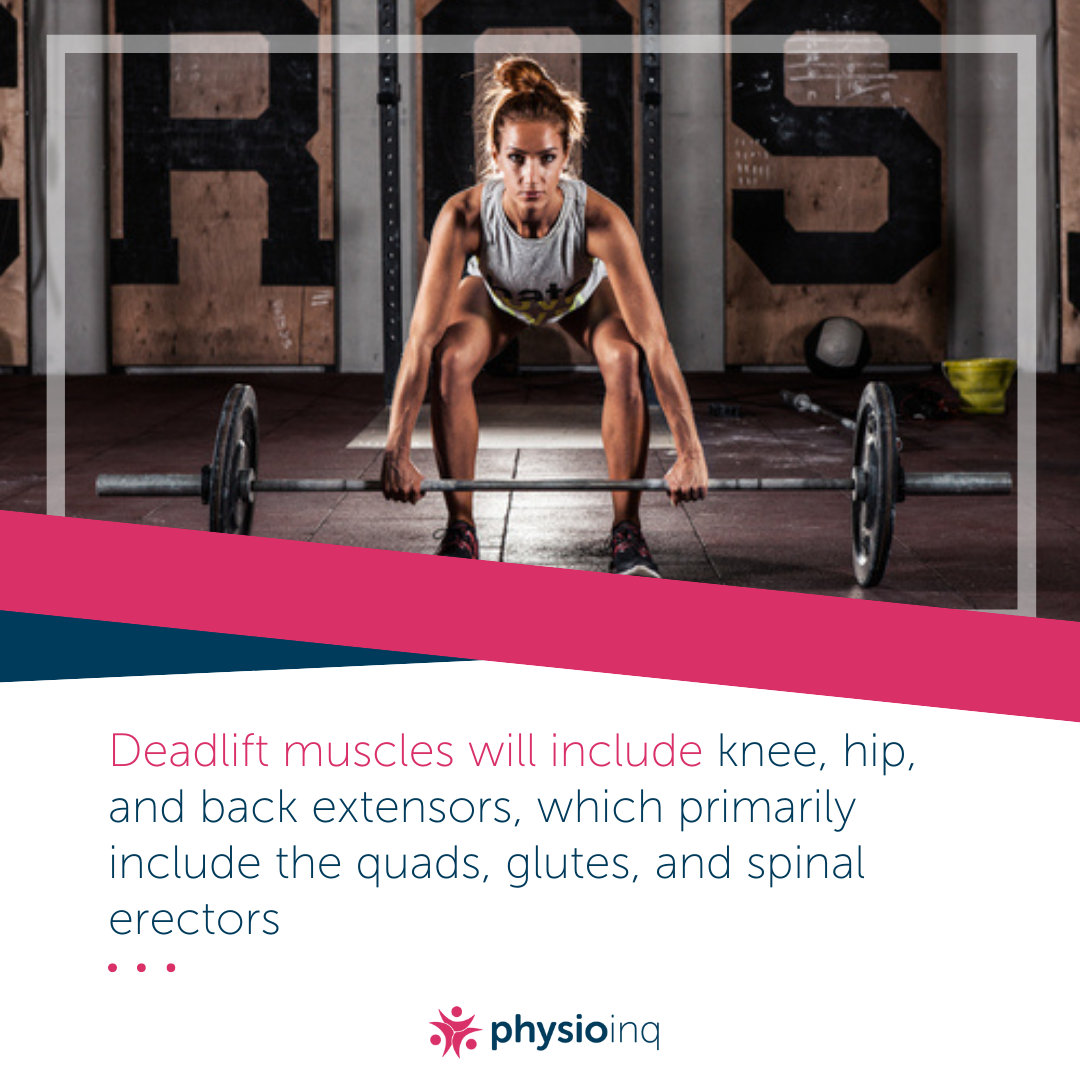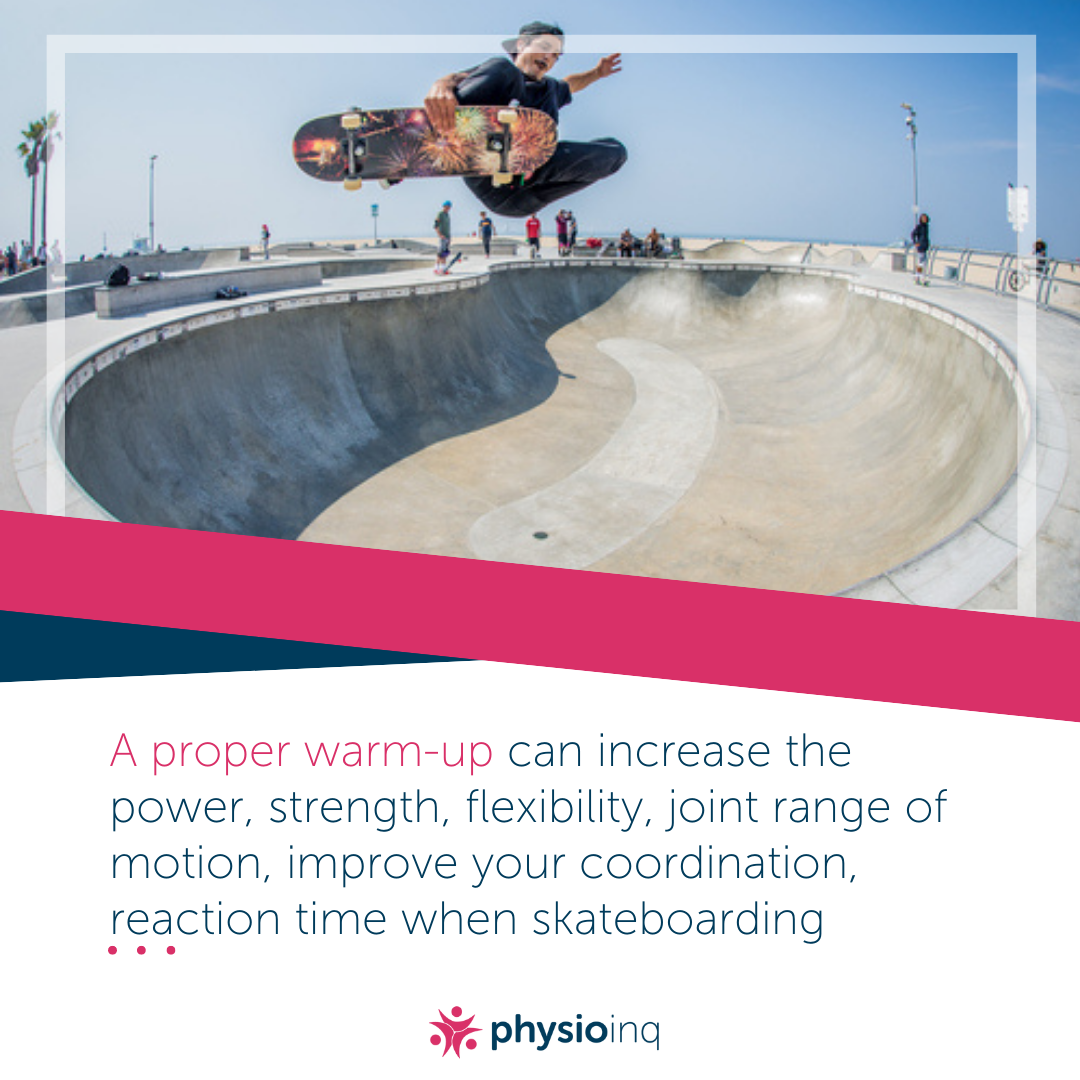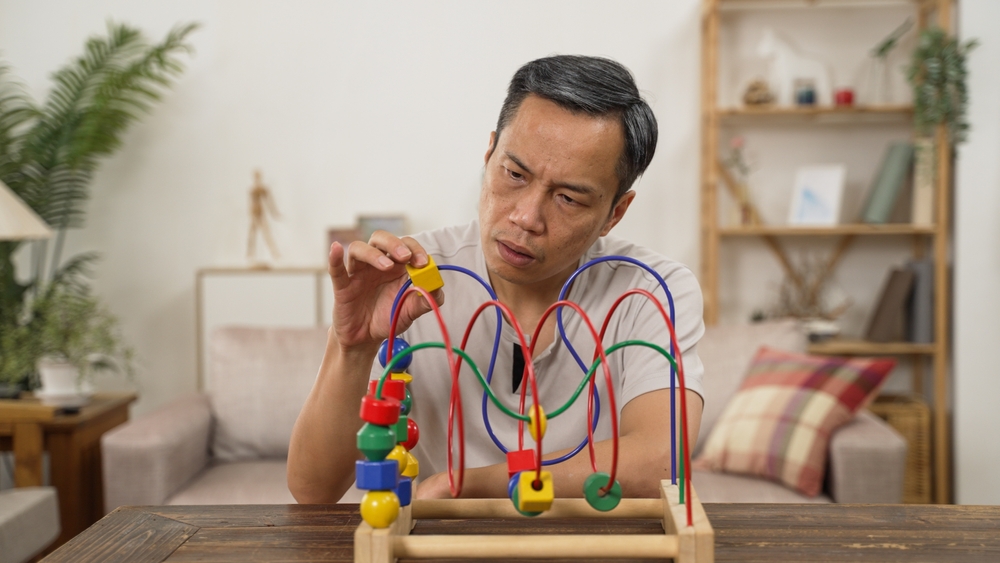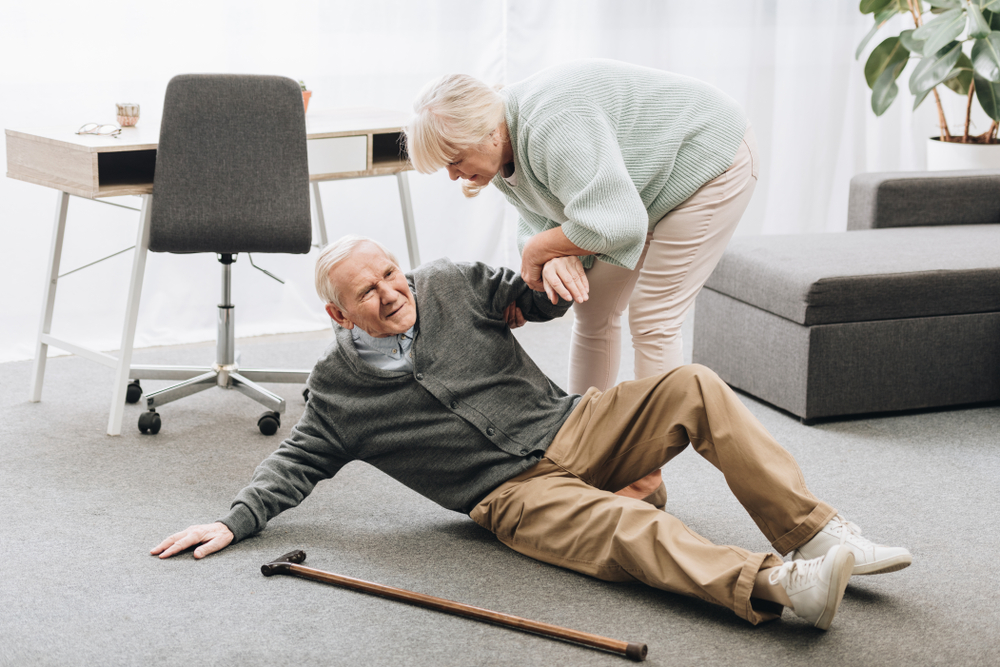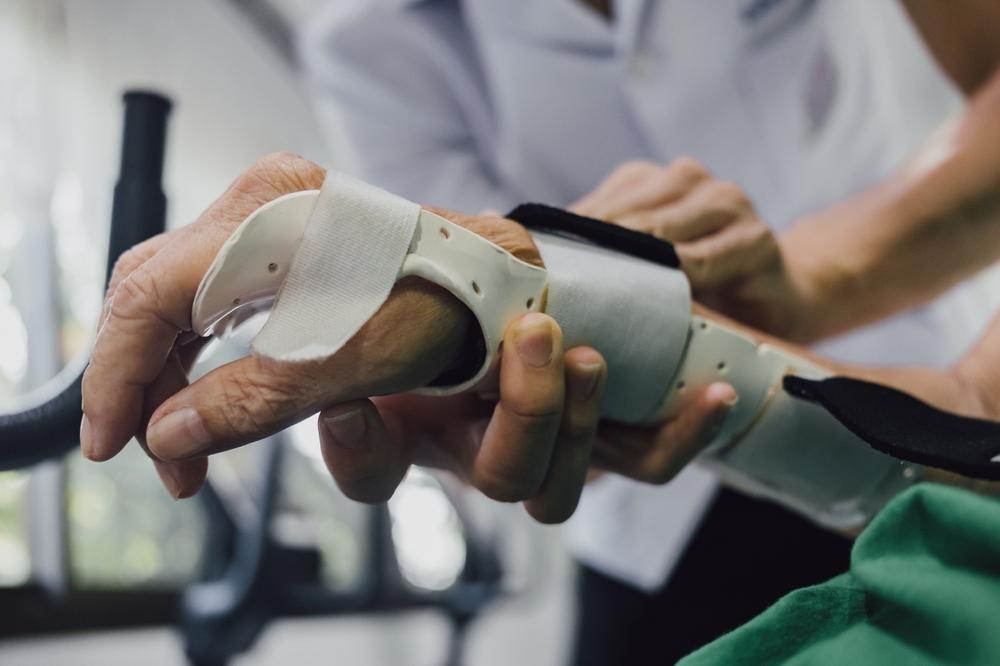Make an Appointment
The connective tissue that surrounds your muscles is called superficial fascia. The system which includes the fascia and your muscles is called the myofascial system. Strenuous exercise, poor stretching habits, injuries, and stagnation can all lead your myofascial system to, in a sense, stick together causing soreness, pain, tight muscles and limited range of motion.
Foam rolling, otherwise known as self-myofascial massage, has many benefits for muscle recovery. By rolling on top of cylinders made of foam, foam rolling helps to “unstick” and restore the myofascial system offering quicker recovery.
Here, we’re going over how to foam roll properly, the benefits of foam rolling, and how foam rolling can maximise your lower limb flexibility.
How to Foam Roll Properly
Although foam rollers seem easy enough to use, there are actually some very specific protocols to keep in mind to make sure you’re foam rolling safely and effectively.
First of all, it’s super important to focus on muscles and to never foam roll over a joint like your knee or elbow.
Another solid rule of thumb is to apply pressure, but never so much that you feel any sharp pain. This can be tough to understand because feeling pain is somewhat subjective. However, it’s smart to start slow and make sure you keep things to a level that you can breathe through. If you feel you need to hold your breath, you should back off immediately.
Once you understand these two concepts, work with your clinic physiotherapist OR mobile physiotherapist for how foam rolling works. For this example, we’ll go through the steps of how to foam roll your calf muscles.
- Place a foam roller underneath your calf just below your knee
- With most of your weight in your hands, walk your hands away from the foam roller as it moves down toward your ankle
- Reverse the movement so that the foam roller moves back up toward your knee (but not across the joint) and remember to start slow
- Once you get the hang of it, you can add a bit more pressure
- If you feel a knot in your calf, feel free to stop on the area and add some pressure to gently break up the tension
Once again, if you’re having trouble breathing through the pressure, you’ve gone too far. Remember to breathe through it and take your time. After all, sending oxygen to your muscles will help with the recovery process as well.
Another question you might have about foam rolling is when to foam roll: before or after your workout? Some experts advise clients to foam roll both before and after exercise. But, in most cases, you’ll get just as many of the benefits by simply foam rolling after an exercise session.
Check out our video:
Youtube Channel
https://www.youtube.com/channel/UCP1sqx37XFgiLL_GLYA2V6A/
Benefits of Foam Rolling
Essentially, foam rolling has all the same benefits of a sports massage but the best part is that you can do it yourself. It’s also often a lot cheaper and more accessible. By using nothing but your body weight, the foam roller helps you care for those deeper, hard to reach areas.
The major benefits of foam rolling include:
Stress relief - Just as any massage can be hugely stress-relieving, foam rolling can do the same.
Improved circulation - Healthy blood flow helps your body transmit necessary nutrients. Plus, stimulation of the muscles contributes to a healthy lymphatic system. The pressure applied to your muscles while foam rolling causes the blood vessels to dilate and assist fluids to move unobstructed.
Reduced muscle soreness - Soreness is caused by a build-up of lactic acid which is released during prolonged, strenuous exercise. Although the body eventually absorbs lactic acid on its own, foam rolling can help speed up that process by breaking it down for easy absorption.
Increased range of motion - Although foam rolling is not an alternative to stretching, it can help “lengthen” your muscles in the same way. Of course, your muscles don’t actually change in terms of length. It’s the improved range of motion that’s truly behind these feelings of added flexibility. We’ll talk more about foam rolling and flexibility in the next section.
Restored fascia function - We’ve already mentioned it briefly, but when you’re inactive, your myofascial system becomes sticky and tight. This is why you’re far less flexible after a few weeks on holiday as opposed to when you’re killing it in the gym. Foam rolling helps restore this fascial function, allowing your body to move with more fluidity.
Injury prevention - Tight muscles aren’t just sore and uncomfortable, but they’re also far more prone to injury. Working out your tight muscles with a foam roller, therefore, helps prevent potential injuries.
Improved performance - A few studies have shown that foam rolling can even improve your athletic performance. It seems that when you put all of these foam rolling benefits together, it helps you to be the best you can be.
Foam Rolling and Lower Limb Flexibility
As we’ve seen, foam rolling helps release any stiffness or tension caused by adhesions or “stickiness” in the fascia and muscle tissue after a workout. Therefore, rolling out your glutes, hamstrings, quadriceps, calves, and IT bands can help your leg muscles gain flexibility.
However, the real results come when you foam roll in addition to performing lower body corrective exercises such as glute bridges, bird dogs, crab walks, and lower body stretches. The additional self-myofascial massage can further maximise the flexibility of your lower limbs.
It should be noted that foam rolling your lower body for just a short time each day won’t show optimal results. After these types of lower body exercises, the longer the foam rolling session, the better. However, proper technique is key.
Be sure to follow the tips we’ve outline above when foam rolling your lower limbs and be sure to speak to a trainer or physiotherapist if you’re at all unsure about where to start.
You’d be hard-pressed to find a physiotherapy clinic without a few foam rollers lying around. At Physio Inq, we can help you use a foam rolling safely and effectively while working with you on a tailored exercise program to meet your personal goals.
Call us today for a free consultation and let our clinic & mobile services come to you.
Date Published: Monday, June 8, 2020
Locate a Mobile Physiotherapy
Service Near me
Get the experience & convinence you deserve to support your or a loved one's allied health needs.
Our Mobile Physiotherapy team are currently serving & taking appointments in the following states and regions in Australia:
New South Wales
- Blacktown
- Blue Mountains
- Campbelltown And Macarthur
- Canterbury-Bankstown
- Eastern Suburbs Sydney
- Georges River
- Hawkesbury
- Inner East Sydney
- Inner West Sydney
- Lake Macquarie
- Lower North Shore
- Newcastle
- Northern Beaches
- North Sydney
- Parramatta
- Penrith
- Southern Highlands
- South West Sydney
- Sutherland Shire
- Sydney CBD
- The Hills Shire
- Upper North Shore
- Waverley
- Wollongong
Tasmania
Victoria
Need to get into direct contact with ur Client Services team? We're all ears. Call our team directly on 1300 731 733


